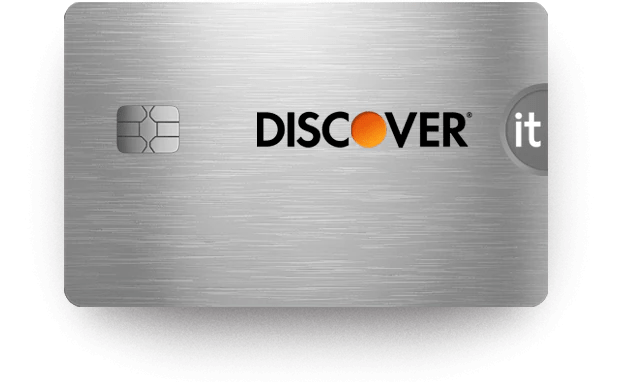Whether you want to get a home, student loan, credit card, or even a new apartment, having solid credit is important. If you miss a few credit card payments or carry a high balance, your credit score may suffer. Fortunately, bad credit doesn’t have to last forever. By taking a few proactive measures, you may build positive credit history and develop good credit habits that help you thrive.

How to Rebuild Your Credit
8 min read
Last Updated: August 26, 2025
Next steps

See if you're pre-approved

Learn about Discover It® Secured Credit Card
See rates, rewards and other info
You may also be interested in
Was this article helpful?
Was this article helpful?




